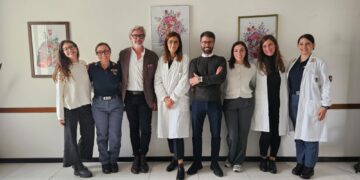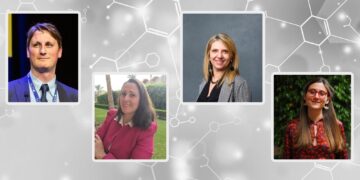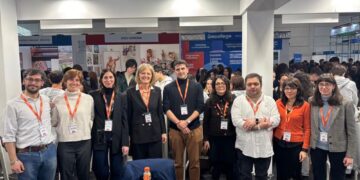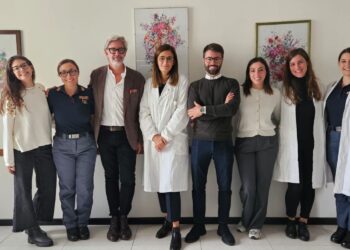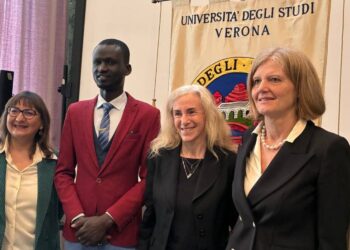A study from the University of Verona sheds light on a new therapeutic strategy that may prevent the complications of sickle cell disease (SCD), a serious genetic disease that affects about 230,000 children worldwide every year in sub-Saharan Africa and 2600-1300 newborns in North America and Europe. In Italy, Sickle cell disease, once prevalent in Southern Italy, is now found throughout the country due to internal mobility and migration flows.
The research team coordinated by Lucia De Franceschi of the Department of Medicine at the University of Verona, directed by Oliviero Olivieri, has published a study in the scientific journal “Blood” demonstrating that enhancing the pro-resolving phase of inflammation through the administration of Resolvin D1 can reduce the acute damage related to sickle cell disease. The innovative approach is to enhance the endogenous pro-resolving mechanisms, instead of acting through anti-inflammatory strategies to control tissue damage.
The research has been carried out in collaboration with prestigious international centers such as the Harvard Medical School in Boston, the Children’s hospital and Brigham women’s hospital—where Charles Serhan and Carlo Brugnara currently work, the former being one of the world’s experts on Resolvins, the latter being a former student and graduate at the University of Verona—, the Sorbonne in Paris, the University of Chieti, and the Federico II in Naples.
Sickle cell disease is one of the most common monogenic diseases in the world and is caused by a mutation of hemoglobin, the main component of red blood cells, essential for the transport of oxygen to all tissues. The pathological hemoglobin S (sickle Hb) forms long chains, causing the appearance of rigid and sickle-shaped red blood cells no longer able to perform their task effectively. In addition to being anemic, patients suffering from this disease in the presence of minimal stress such as cold, dehydration and physical exertion, are frequently subject to severe acute events characterized by the trapping of red blood cells and white blood cells in the microcirculation with amplified inflammatory response, which may lead to severe organ damage, often fatal for young patients.
The study analyzed the role of Resolvin D1 in inflammatory processes related to sickle cell disease. Resolvin D1 (RvD1) is a member of the family of resolvins, molecules present in the human body, a powerful chemical mediator that acts in the body by reducing inflammation and stimulating the immune system against microbial infections. De Franceschi said: “Through our research we demonstrate that, in a model of sickle cell anemia, the pro-resolving phase of acute events is deficient, thus causing an uncontrolled amplification of the inflammatory response. Thanks to the intense work of the multidisciplinary research team and the use of innovative analytical techniques, we demonstrate that treatment with Resolvin 17RvD1 reduces inflammation and prevents organ damage, slowing down the progression of the disease”. The prevailing contribution of Alessandro Matte’ of the University of Verona in the experimental design and data analysis has allowed us to achieve this important result with a strong application perspective also for patients suffering from this disease. De Franceschi also added: “It is an innovative approach to the problem. In fact, it does not suppress inflammation by blocking the mechanisms that induce it, but rather it strengthens the mechanisms that keep inflammation under control, bringing it towards a rapid and positive resolution The potential therapeutic efficacy of Resolvin 17RvD1 will be verified by future clinical trials in sickle cell patients, opening new horizons towards therapeutic molecules with pro-resolving function that can expand the therapeutic possibilities for the treatment of a disease that is still highly disabling and with high mortality rates”.
